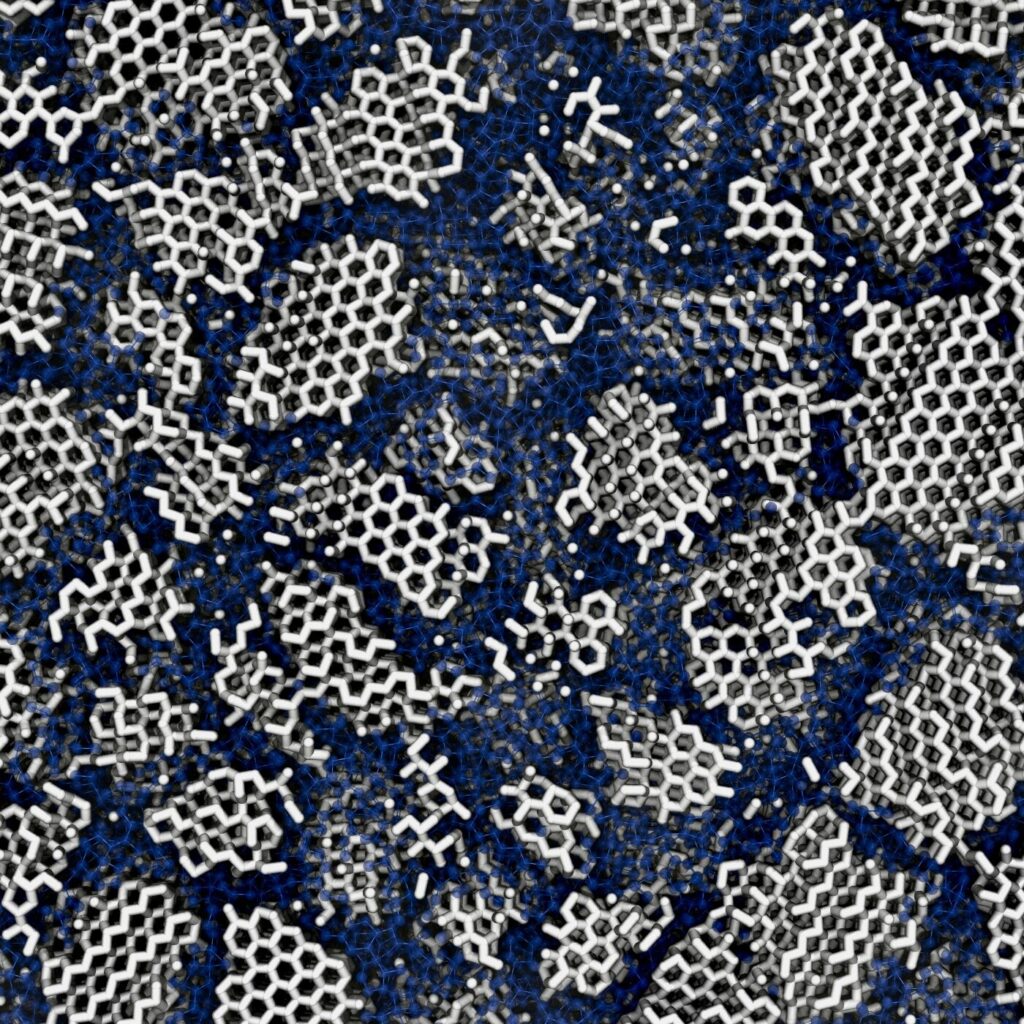
In a groundbreaking study, scientists from University College London (UCL) and the University of Cambridge have discovered that “space ice” is not as disordered as previously thought. Contrary to long-held beliefs, this form of ice contains tiny crystals, distinguishing it significantly from the liquid water-like structure once assumed. The findings, published in the journal Physical Review B, could have broad implications for our understanding of cosmological processes and the origins of life.
For decades, researchers have considered space ice to be amorphous, lacking any structured form due to the low temperatures in space that prevent crystal formation. However, the latest research reveals that low-density amorphous ice, the most common type in the universe, actually contains nanometer-sized crystals embedded within its structure. This discovery challenges the notion that space ice is entirely disordered, similar to liquid water.
Revisiting the Structure of Space Ice
The study focused on low-density amorphous ice, prevalent in comets, icy moons, and dust clouds where stars and planets form. Through computer simulations and experimental work, the researchers found that the ice’s structure is not fully amorphous. Instead, it contains tiny crystals approximately three nanometers wide, slightly wider than a single strand of DNA.
Lead author Dr. Michael B. Davies, who conducted the research as part of his Ph.D. at UCL and the University of Cambridge, explained the significance of these findings. “We now have a good idea of what the most common form of ice in the universe looks like at an atomic level,” he stated. “This is important, as ice is involved in many cosmological processes; for instance, in how planets form, how galaxies evolve, and how matter moves around the universe.”
Implications for Cosmology and the Origin of Life
The discovery has implications for the Panspermia theory, which suggests that life on Earth may have originated from building blocks carried by ice comets. According to Dr. Davies, the partly crystalline structure of space ice could make it a less effective transport material for these molecules. “Our findings suggest this ice would be a less good transport material for these origin of life molecules,” he noted. “That is because a partly crystalline structure has less space in which these ingredients could become embedded.”
Co-author Professor Christoph Salzmann of UCL Chemistry added, “Ice on Earth is a cosmological curiosity due to our warm temperatures. You can see its ordered nature in the symmetry of a snowflake. Ice in the rest of the universe has long been considered a snapshot of liquid water—that is, a disordered arrangement fixed in place. Our findings show this is not entirely true.”
Exploring Amorphous Materials and Their Applications
The research also raises questions about amorphous materials in general, which play crucial roles in advanced technology. For instance, glass fibers used in data transmission need to be amorphous for optimal performance. If these materials contain tiny crystals, removing them could enhance their functionality.
In their experiments, the researchers used computer models to simulate the freezing of water molecules at different rates, leading to varying proportions of crystalline and amorphous ice. They found that ice with up to 20% crystalline content closely matched the structure observed in X-ray diffraction studies. Additionally, they created real samples of low-density amorphous ice, noting structural variations based on the ice’s origin.
The Future of Ice Research
The study’s findings open new avenues for research into the nature of amorphous ices and their potential applications. The research team, which recently discovered medium-density amorphous ice, continues to explore the complexities of water and its various forms.
Co-author Professor Angelos Michaelides from the University of Cambridge emphasized the importance of understanding water’s anomalies. “Water is the foundation of life, but we still do not fully understand it. Amorphous ices may hold the key to explaining some of water’s many anomalies,” he said.
Dr. Davies concluded, “Ice is potentially a high-performance material in space. It could shield spacecraft from radiation or provide fuel in the form of hydrogen and oxygen. So we need to know about its various forms and properties.”
As scientists continue to unravel the mysteries of space ice, these findings not only challenge existing theories but also pave the way for future innovations in both cosmology and technology.







